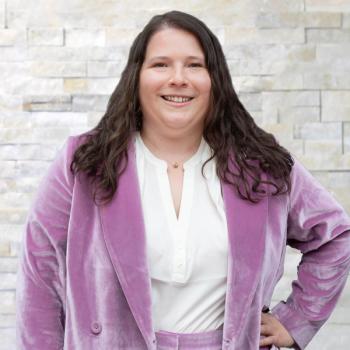
Physiochemical Responsive Integrated Similarity Measure Enhances Sample Similarity Assessment
Researchers from Idaho State University developed a novel approach called physicochemical responsive integrated similarity measure (PRISM) that can better determine sample similarity.
Sample similarity assessment has broad applications ranging from model generalizability to predicting outliers (1). As a procedure, sample similarity assessment is a process that evaluates the similarities between two samples under analysis. However, despite the many advancements made in assessing sample similarity, there is currently no well-established procedure for quantifying it. In a recent study published in Analytical Chemistry, researchers from Idaho State University, in Pocatello, Idaho, developed a novel approach for determining sample similarity (1).
The methodology the researchers created was called physiochemical responsive integrated similarity measure (PRISM), which is designed to integrate spectral similarity information with contextual factors (1). The goal of this methodology was to assess sample similarity accurately, efficiently, and simply (1). Quantifying sample similarity is regarded as an onerous task; the goal of PRISM was to improve this process, particularly when dealing with unlabeled target samples (1).
PRISM amplifies hidden physicochemical properties embedded within spectral data, providing a more comprehensive understanding of sample similarity. To test its efficacy, PRISM was applied to four diverse near-infrared (NIR) data sets, each representing distinct application areas in analytical chemistry (1). These applications encompassed prediction reliability assessment, model updating for enhanced generalizability, outlier detection, and basic matrix matching evaluations (1).
The results of the study demonstrated how PRISM could be an improved way to quantify sample similarity. It successfully collected and integrated substantial amounts of similarity information, enabling precise quantitative evaluations of sample similarity between the target and source domains (1). Moreover, PRISM exhibited adaptability to biological samples with additional physiochemical variations, expanding its utility across various domains of analytical chemistry (1).
One of the most promising aspects of PRISM is its potential for applications beyond NIR data. Although initially tested in the context of NIR measurements, the underlying principles of PRISM could be applied to other measurement systems affected by matrix effects, which only increases the versatility of this new methodology (1).
As analytical chemists continue to look at ways to improve processes in their everyday work, determining sample similarity will be one of these key procedures that will be continued to be improved upon. The research team from Idaho State University, in the meantime, offers a new method that serves as a better alternative to traditional methods while creating a pathway for further innovation across various scientific disciplines.
Reference
(1) Spiers, R. C.; Norby, C.; Kalivas, J. H.Physicochemical Responsive Integrated Similarity Measure (PRISM) for a Comprehensive Quantitative Perspective of Sample Similarity Dynamically Assessed with NIR Spectra. Anal. Chem. 2023, 95 (34), 12776–12784. DOI:
This article was written with the help of artificial intelligence and has been edited to ensure accuracy and clarity. You can read more about our
Newsletter
Get essential updates on the latest spectroscopy technologies, regulatory standards, and best practices—subscribe today to Spectroscopy.



